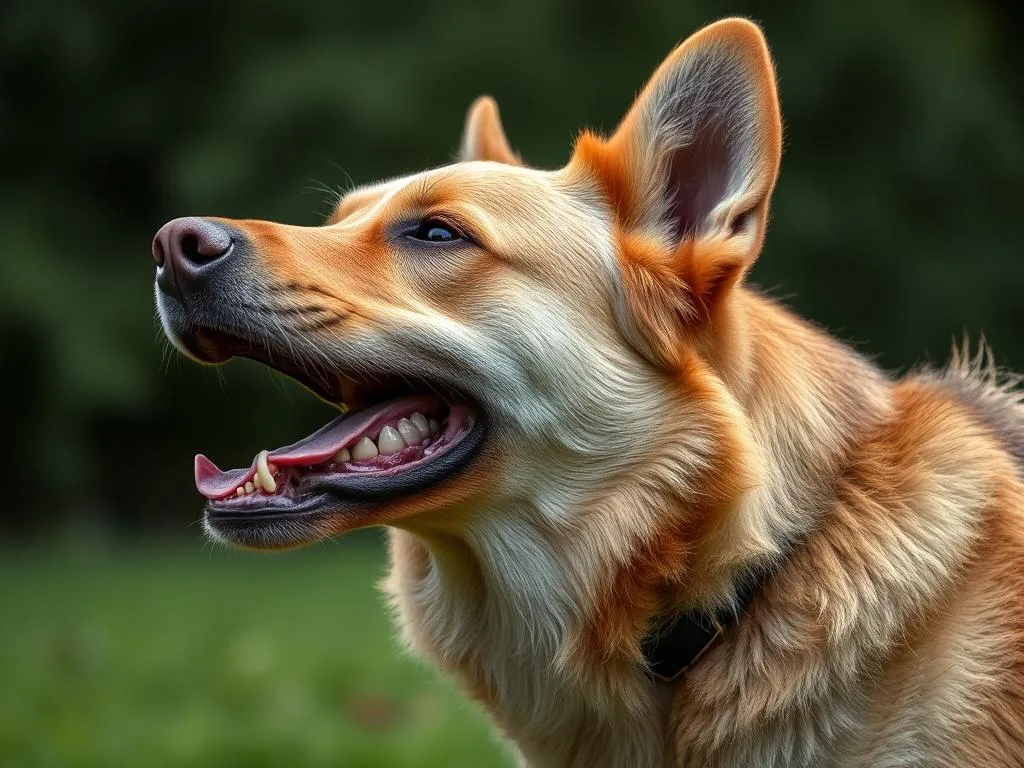
Introduction
Dogs are often heralded as man’s best friend, and for good reason. Their loyalty, companionship, and protective instincts can provide not only comfort but also a sense of security. Understanding these protective instincts is essential for any dog owner, especially when considering the question: will my dog protect me if attacked? This article will explore the various aspects of dog behavior related to protection, the influence of training, and how you can assess and enhance your dog’s protective capabilities.
Understanding Dog Behavior
Basic Instincts of Dogs
At their core, dogs are pack animals. This pack mentality has profound implications for their behavior towards humans and other animals. Dogs naturally form strong bonds with their families, perceiving their human companions as part of their pack. This loyalty often translates into protective instincts, as dogs feel compelled to guard their loved ones.
Understanding this instinct is crucial. When faced with a perceived threat, a dog may exhibit protective behaviors based on its loyalty to the pack. These behaviors can include barking, growling, or even physical intervention, depending on the situation and the dog’s temperament.
Factors Influencing Protection Behavior
While the instinct to protect is common, various factors influence how a dog may respond in a threatening situation:
- Breed Characteristics: Certain breeds are genetically predisposed to protective behaviors. For example, German Shepherds and Rottweilers are known for their guarding instincts.
- Individual Temperament: Each dog has a unique personality that can affect its protective nature. Some dogs may be more timid, while others are naturally more assertive.
- Socialization and Training Effects: A well-socialized dog that has undergone proper training is more likely to respond appropriately to threats. Conversely, a poorly socialized dog may react fearfully or unpredictably.
Dog Breeds Known for Protective Traits
Overview of Protective Dog Breeds
Some dog breeds are renowned for their protective instincts. Here are a few notable examples:
- German Shepherd: Intelligent and loyal, they are often used in police and military roles due to their protective nature.
- Rottweiler: Known for their strength and confidence, Rottweilers are natural protectors and are often used as guard dogs.
- Doberman Pinscher: These dogs are alert and fearless, making them excellent protectors for families.
- Bullmastiff: With their imposing size and gentle demeanor, Bullmastiffs are loyal guardians and can be very protective of their families.
Assessing Your Dog’s Breed
If you’re wondering, will my dog protect me if attacked? assessing your dog’s breed can provide insight. Research your dog’s breed to understand its natural inclinations towards protection. Look for traits such as:
- Alertness: Is your dog aware of its surroundings?
- Confidence: Does your dog exhibit a calm but assertive demeanor?
- Loyalty: How does your dog react to strangers versus familiar faces?
Training Your Dog for Protection
The Importance of Training
Training is a pivotal element in enhancing your dog’s protective instincts. Without proper training, even the most loyal dog may not react appropriately in a stressful situation. Training not only builds a strong bond between you and your dog but also establishes trust and communication.
Types of Training
There are different types of training that can enhance your dog’s protective behavior:
-
Obedience Training: This foundational training is essential for any dog. It teaches commands and helps your dog learn to respond to your cues. A well-trained dog is more likely to listen during a crisis.
-
Specialized Protection Training: For those seeking to train their dogs for protection, specialized programs are available. These can range from basic personal protection to more advanced guarding techniques. However, it’s essential to weigh the pros and cons, as not all dogs are suited for this type of training.
Working with Professionals
If you’re serious about training your dog for protection, consider working with a professional dog trainer. A qualified trainer can provide valuable insights and guidance. Look for programs that emphasize positive reinforcement and humane training methods, ensuring that your dog feels secure and confident.
Signs That Your Dog May Protect You
Body Language Indicators
Dogs communicate primarily through body language. Recognizing these signs can help you determine if your dog has protective instincts. Common protective behaviors include:
- Barking: An alert bark can indicate that your dog perceives a threat.
- Growling: This is a warning sign that your dog may feel threatened or protective.
- Stance: A dog that stands tall, with ears perked up and tail raised, is often in a protective mode.
Situational Responses
Observe how your dog reacts to perceived threats. Dogs often exhibit protective behaviors in the following scenarios:
- Strangers Approaching: If your dog barks or positions itself in front of you when an unfamiliar person approaches, it may be demonstrating protective instincts.
- Unusual Sounds: A dog that reacts to strange noises may also be on high alert, ready to protect its owner from any perceived danger.
Myths and Misconceptions About Dog Protection
Common Misunderstandings
There are several myths surrounding dog protection that can lead to confusion. For example, some people believe that certain breeds are inherently aggressive. In reality, aggression can result from improper training and socialization rather than the breed itself.
Factors That Do Not Guarantee Protection
Another misconception is that all dogs will protect their owners instinctively. While many dogs have protective instincts, not all will react in a protective manner when faced with a threat. Factors such as individual temperament, training, and socialization play significant roles in determining a dog’s response.
What to Do If You Feel Threatened
Assessing the Situation
In any threatening situation, your first step should be to assess the level of threat. Determine if the situation is serious or if it’s a false alarm. This assessment can guide your next steps.
Commanding Your Dog
If you feel threatened, commanding your dog effectively can help. Commands such as “stay” or “come” can direct your dog’s behavior. Consistent training will ensure that your dog understands these commands even in stressful situations.
Emergency Protocols
If your dog does not respond as expected, it’s crucial to have emergency protocols in place. These can include:
- Finding Safety: If possible, remove yourself from the threatening situation.
- Using a Leash: Keeping your dog on a leash can provide better control if a confrontation occurs.
- Calling for Help: Don’t hesitate to seek assistance if you feel endangered.
The Responsibilities of Owning a Protective Dog
Understanding Your Dog’s Capabilities
Owning a protective dog comes with responsibilities. Understanding your dog’s capabilities is crucial. Recognize the limits of what your dog can and cannot do, and never put your dog in a situation that could lead to unnecessary conflict or danger.
Legal Considerations
As a dog owner, it’s essential to be aware of local laws regarding dog behavior and liability. Understanding your legal responsibilities can help you navigate potential issues related to your dog’s protective instincts.
Ethical Training Practices
When training your dog for protection, it’s vital to prioritize humane training methods. Avoid aggressive training techniques that can instill fear and lead to behavioral problems. Instead, focus on positive reinforcement, which helps build a trusting relationship between you and your dog.
Conclusion
In summary, understanding your dog’s protective instincts is a multi-faceted journey that involves recognizing breed characteristics, individual temperament, and the importance of training. By assessing your dog’s behaviors and training them appropriately, you can foster a strong bond and ensure they are prepared to protect you when needed. The question, will my dog protect me if attacked? hinges not just on instincts but also on your commitment to training and socialization. Engage with your dog, nurture their protective instincts, and create a safe environment for both of you.
By investing time and effort into understanding and training your dog, you solidify the bond that makes them not just a pet but a true protector and companion.









